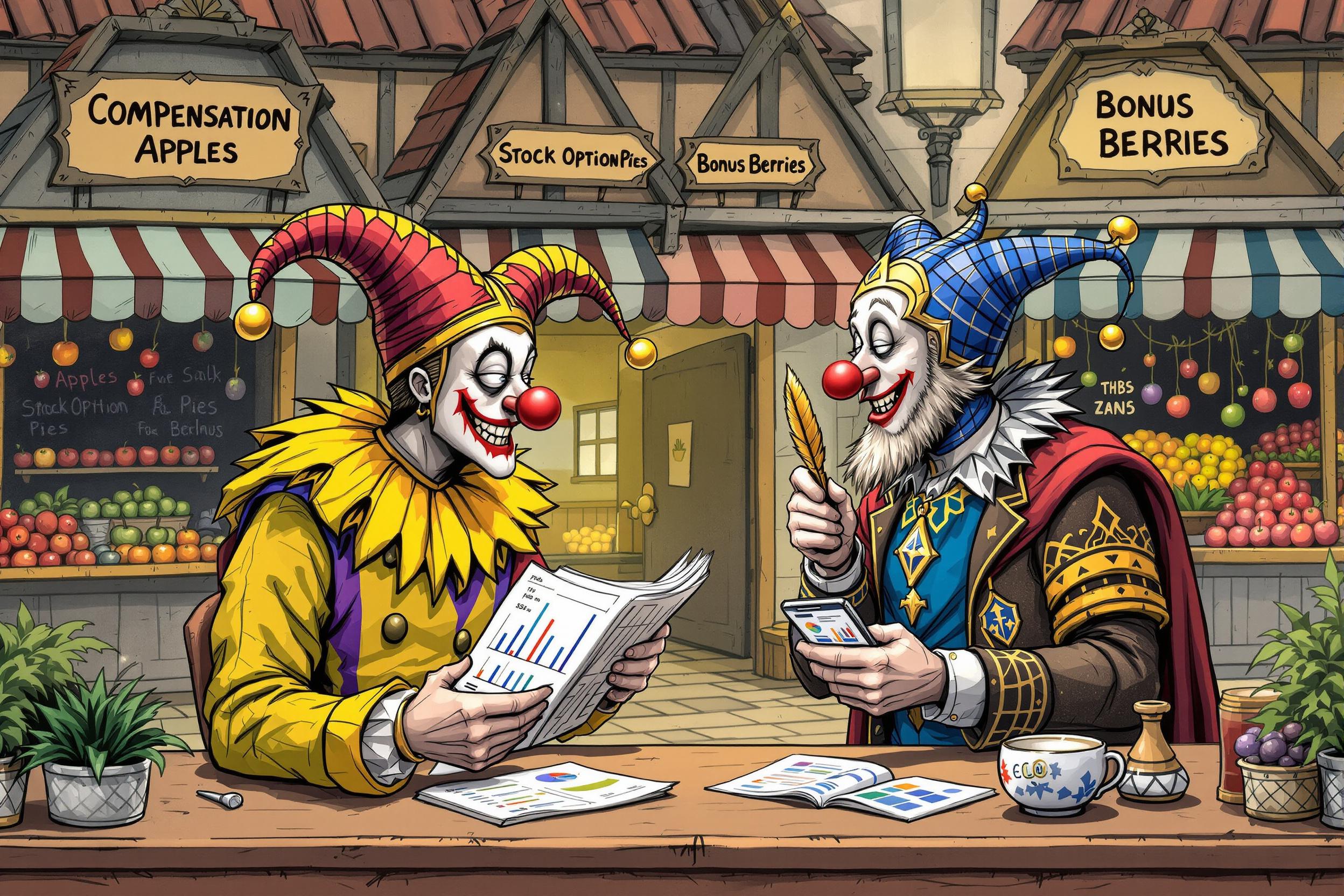
Boutonniere
A boutonniere is a small flower arrangement worn on the lapel of formal attire, most commonly seen at weddings, proms, and special events. It's a key product that florists create, typically consisting of a single flower or small cluster with decorative elements like ribbons or greenery. When reviewing resumes in the floral industry, this term indicates experience with detailed, precision work and formal event floristry. Similar terms you might see include "lapel flowers" or "buttonholes" (the British term). Understanding a candidate's experience with boutonnieres helps assess their skill level with intricate designs and their experience with formal event work.
Examples in Resumes
Created over 200 boutonnieres for wedding season using various seasonal flowers
Specialized in modern boutonniere designs for high-end corporate events
Trained junior florists in proper boutonniere construction and application techniques
Typical job title: "Florists"
Also try searching for:
Where to Find Florists
Professional Organizations
Online Communities
Job Resources
Example Interview Questions
Senior Level Questions
Q: How do you handle large-scale wedding orders with multiple different boutonniere styles?
Expected Answer: A senior florist should discuss order organization systems, time management, workflow planning, and quality control measures. They should mention techniques for maintaining freshness and managing team delegation.
Q: What considerations do you take into account when pricing boutonnieres for different events?
Expected Answer: Should explain factors like flower costs, seasonal availability, complexity of design, volume pricing for large orders, and market positioning. Should also discuss how to balance profitability with competitive pricing.
Mid Level Questions
Q: What are your go-to flowers for boutonnieres and why?
Expected Answer: Should demonstrate knowledge of durable flowers suitable for wearing, such as carnations, roses, and orchids. Should explain considerations like longevity, durability, and seasonal availability.
Q: How do you ensure boutonnieres stay fresh and secure throughout an event?
Expected Answer: Should discuss proper storage techniques, appropriate use of water tubes, securing methods, and timing of creation to ensure maximum freshness.
Junior Level Questions
Q: What basic materials are needed to create a boutonniere?
Expected Answer: Should list essential items like floral tape, wire, scissors, chosen flowers, and any decorative elements. Should understand basic construction principles.
Q: Describe the basic steps in making a simple rose boutonniere.
Expected Answer: Should be able to explain basic process: selecting the flower, wiring, taping, adding greenery, and finishing with ribbon or decorative elements.
Experience Level Indicators
Junior (0-2 years)
- Basic boutonniere construction
- Knowledge of common flowers used
- Simple wiring and taping techniques
- Basic flower care and handling
Mid (2-5 years)
- Complex boutonniere designs
- Efficient production methods
- Customer consultation skills
- Event coordination experience
Senior (5+ years)
- Advanced design techniques
- Team training and supervision
- Large event management
- Custom design development
Red Flags to Watch For
- No knowledge of flower preservation techniques
- Lack of experience with formal events
- Unable to work under time pressure
- No understanding of seasonal flower availability
- Poor attention to detail
Related Terms
Need more hiring wisdom? Check these out...

The Hidden Art of Salary Negotiation: How to Win Hearts Without Going Broke

From Passive to Active: Nurturing Candidates Over the Long Haul

From Farewells to Future Allies: Transforming Exit Interviews into Lifelong Connections

